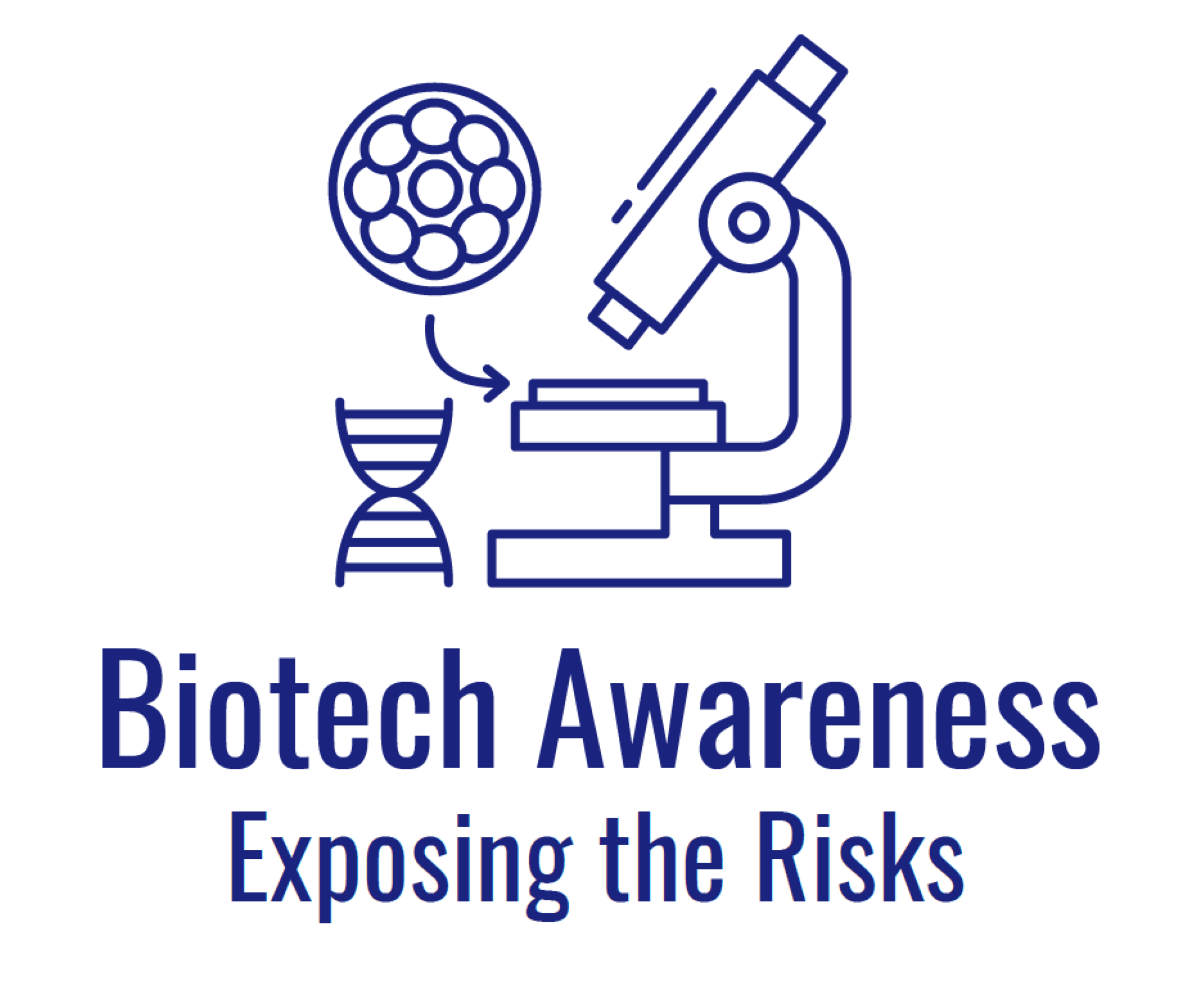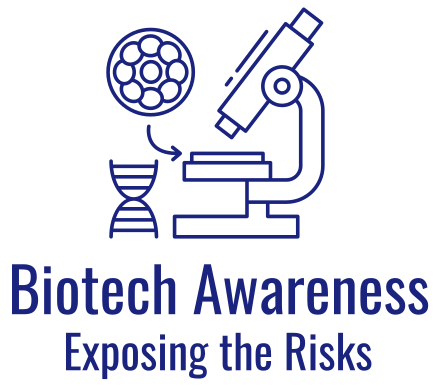Agraquest
AgraQuest was created in 1995 by Pam Marrone. It is a biotechnology company that searches throughout the world for novel microorganisms (new types of fungus, bacteria, etc.) to be used in the place of chemicals for diseases of plants and insect control. These microorganisms also produce disease in humans.
When a new microorganism is found, it has to be screened and identified (if possible), and then it is tested on various plants and insects.
This process was used in David Bell's workplace at AgraQuest. David Bell and many other microbiologist like him are exposed daily, and these employees often are unaware that they are working with human disease-producing microorganisms, are not provided with property protective equipment and are not told about the risks involved.
Where does AgraQuest search for novel microorganisms?
AgraQuest and it’s representatives have made public where they search for these microorganisms -- in soil, plants, plant roots, lichen, leaves and/or it’s litter, mulch and other decaying organic matter, fruit, bird feathers, dead insects, lake beds, forests, dunes and ocean caves, animals from terrestrial sources, marine sources (sponges, sea urchins, etc.) insects of all kinds, rain forests, jungles, dry creek beds, orchards, farm fields and gardens.
This is only what has been published in various news articles and interviews. Excerpts from these references can be viewed here.
Included in this list are excerpts from an August 24, 2000, article titled "March of Agricultural Technology Continues, Bio-Warriors Come in from the Cold" which states:
- Partnering in the project with Davis, California-based AgraQuest are Drs. Elena Stepanova and Elena Ryabchikova, State Research Center of Virology and Biotechnology ("Vector"), New Siberia Region, Russia.
- Vector was a top secret biological warfare research facility in the Soviet Union.
[From a news article dated November 27, 2019: "At a huge Soviet-era virology campus in Siberia called VECTOR, a sudden, unexpected explosion in September (2019) blew out the windows and set parts of a building ablaze." Russian officials said: "The explosion had occurred in a decontamination room where staff change into and out of the personal protective gear worn in high containment labs. The area was being renovated at the time of the incident." Conclusion: "The international community does not yet know with any certainty what really happened at VECTOR that day."]
Also included in the list is an April 11, 2006, article titled "Recruiting Microbes to Do the Dirty Work" by Michael Kanellos, Staff Writer, CNET News.com which states:
- The microbe for root-knot nematodes studied at AgraQuest was discovered in an Eastern European creek by scientists once associated with a bioweapons lab in Siberia.
- The company's first product, Serenade, derives from a microorganism found in a peach orchard near Fresno, California, where a farmer had noted that a particular strand of trees never got hit with the dreaded brown rot.
- And the active ingredient in a fungicide called Sonata is a patented strain of Bacillus pumilus, originally found in a garden in Micronesia.
- AgraQuest's product QST 20,799 is the fungus "muscodor albus" that was found in a cinnamon tree in Honduras.
The point is that microbes, fungus and bacteria from locations from the around the world have been and still are at the AgraQuest lab. These are the known organisms. What are the unknown organisms in use in these biotech labs?
According to Pam Marrone, she was kicked out of AgraQuest in 2006.
Six years later, in 2012, Bayer Crop Science purchased AgraQuest for $425 million. (Pam Marrone was not involved in the sale.)
After Marrone was kicked out of AgraQuest, she created a new company called Marrone Bio Innovations Inc. (MBII).
In December 2019, MBII made a sudden and unexpected announcement that Marrone was "retiring." Want to learn more about what happened?

